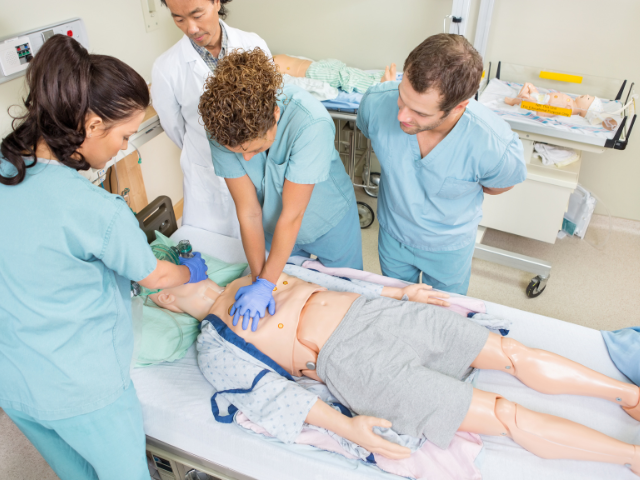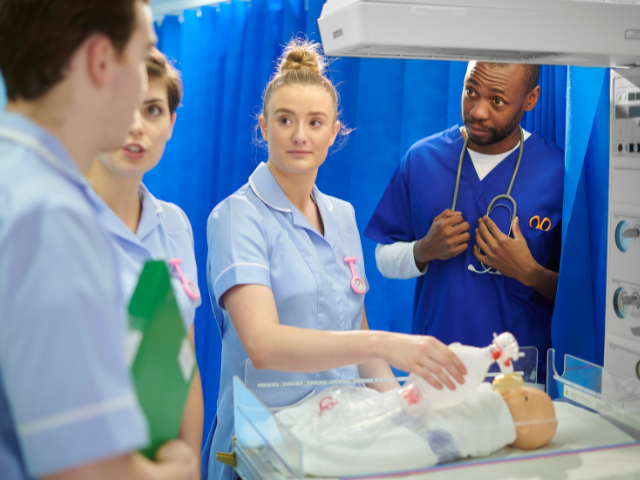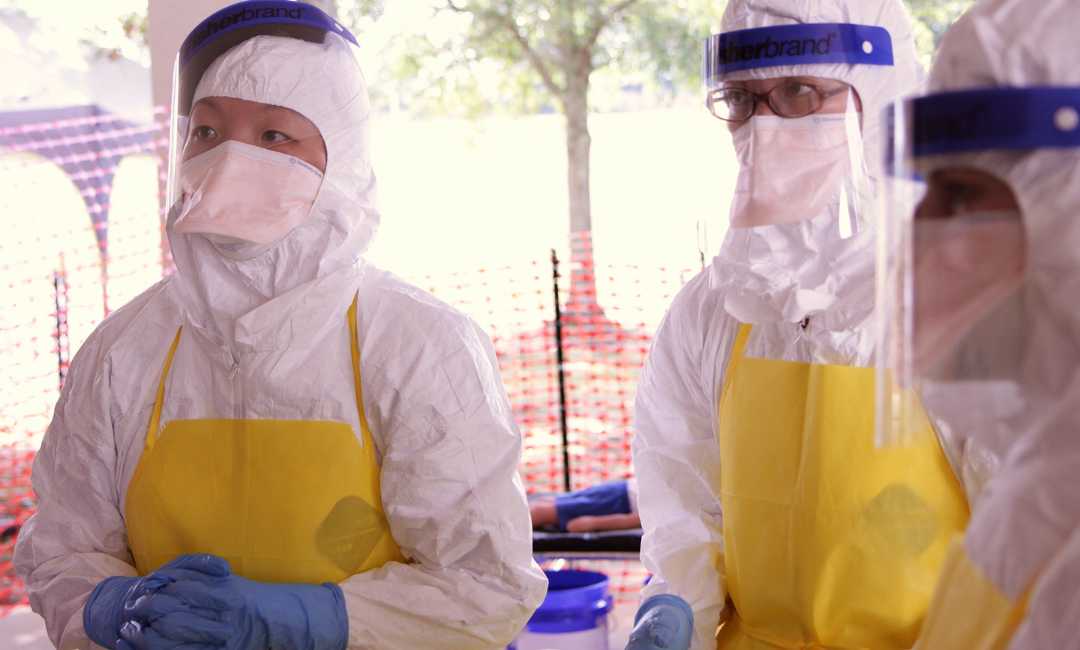Simulation in Nursing Education
Speaking to the Ledger-Enquirer, Rayfield said the money raised by the motorcycle group this year will continue to go toward equipment and simulators for nursing students.
“It is critical for them to have these mannequins, if you will, that are very lifelike, to be able to practice on and to get their techniques right so that by the time we send them into a hospital for their clinical placements, they’ve had some real experience on as like a human as possible,“ she said.
Several universities across the United States have, or are in the process of building, simulation labs.
Kelly Foltz-Ramos, director of simulation at The University at Buffalo School of Nursing, recently detailed the myriad benefits of the technological advances for nursing education. She cites the ability to provide a safe practice environment, realistic patient scenarios, and an active learning and engagement approach among the positives.
“High-tech simulations can better prepare students for real-world health care settings by helping to develop critical thinking skills, decision-making abilities and clinical judgment,” she said. “Not only can this increase the flow of new graduate nurses, but it can also contribute to better-prepared graduates entering the nursing workforce who have increased confidence and readiness to provide safe and effective patient care.”









